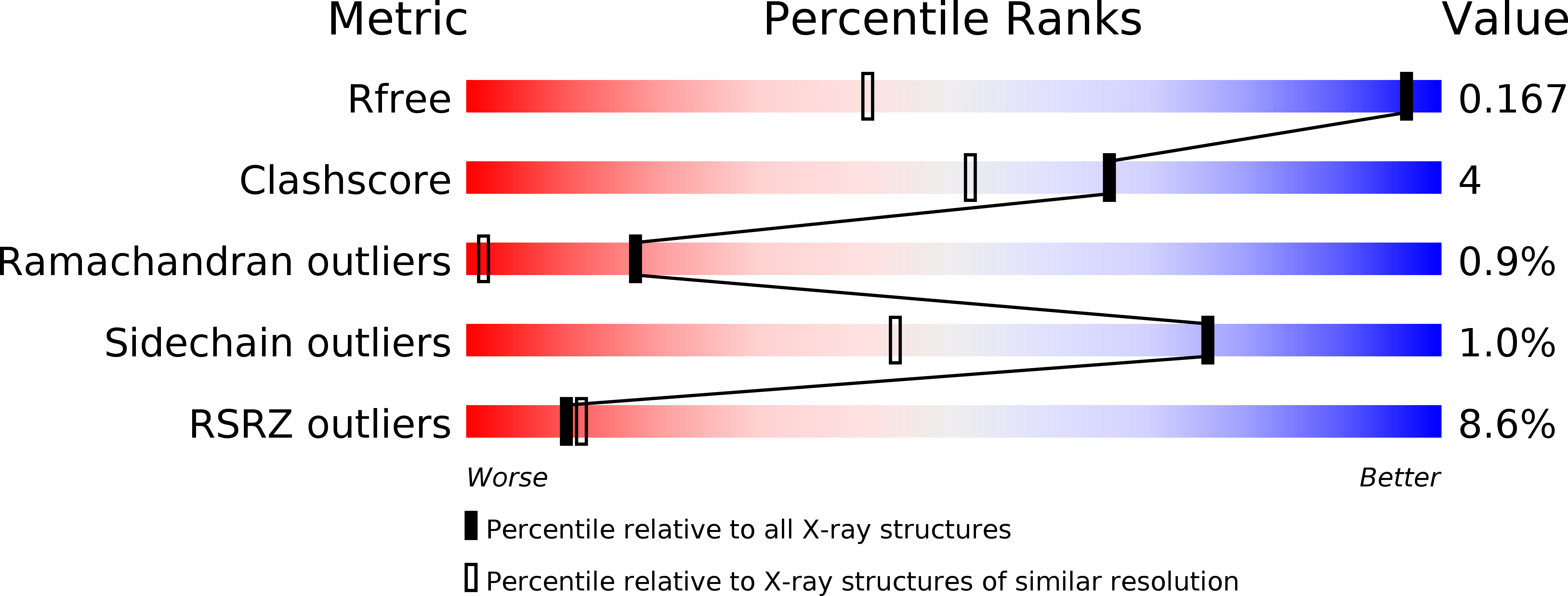
Deposition Date
2020-03-09
Release Date
2020-07-22
Last Version Date
2024-10-23
Entry Detail
PDB ID:
6Y9J
Keywords:
Title:
Crystal Structure of subtype-switched Epithelial Adhesin 1 to 9 A domain (Epa1-CBL2Epa9) from Candida glabrata in complex with beta-lactose
Biological Source:
Source Organism:
Candida glabrata (Taxon ID: 5478)
Host Organism:
Method Details:
Experimental Method:
Resolution:
1.10 Å
R-Value Free:
0.16
R-Value Work:
0.14
R-Value Observed:
0.14
Space Group:
C 2 2 21


